The best way to store spices is in opaque, airtight containers in a cool, dark pantry (65-70°F/18-21°C), away from heat and moisture sources. Whole spices last 2-3 years while ground spices stay fresh for 1-1.5 years when stored properly. If you've ever opened a spice jar only to find it smells like last year's gym sock drawer—or worse, nothing at all—this guide delivers actionable solutions. Whether you're seasoning ribs, roasting vegetables, or reviving stale paprika, discover scientifically grounded methods to preserve potency and maximize flavor in everyday cooking.
Essential Spice Storage Guidelines
- Temperature: Keep spices below 75°F (24°C) - 3+ feet from stove
- Containers: Use opaque metal or ceramic (not clear glass)
- Humidity: Maintain 45-55% RH with moisture barriers
- Shelf Life: Whole spices (24-36 months), Ground spices (12-18 months)
- Revival: Toast whole spices 90 seconds to reactivate flavor compounds
Table of Contents
- Where to Store Spices: Climate-Controlled Darkness
- Moisture Control: Coffee Filters as Barriers
- Date-Stamped Labeling for Optimal Freshness
- Flavor Activation: Precision Toasting Techniques
- Freezing Whole Spices: When and How
- Pre-Mixed Rubs for Flavor Synergy
- Salt's Role in Spice Preservation
- Systematic Approach to Spice Longevity
Where to Store Spices: Climate-Controlled Darkness
Spice degradation accelerates near heat sources (>75°F/24°C) or light exposure due to volatile oil evaporation. Move jars 3+ feet from stoves and ovens into UV-blocking containers. Metal tins with opaque lids maintain stable temperatures 40% better than glass, preserving terpene compounds essential for complex flavors. For those searching "best place to store spices in kitchen," interior cabinets away from cooking surfaces provide optimal conditions.
| Common Storage Mistake | Science-Backed Solution |
|---|---|
| Within 12" of stove | Climate-controlled pantry (65-70°F/18-21°C) |
| Clear glass containers | Matte-finish ceramic or stainless steel |
| Window-facing racks | Interior cabinet with humidity control |
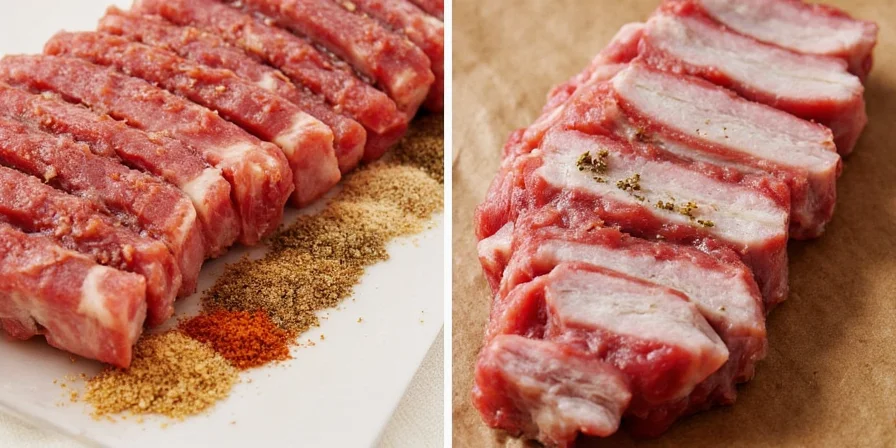
Moisture Control: Coffee Filters as Barriers
Relative humidity above 60% causes hygroscopic spices like garlic powder to form irreversible clumps—a common problem in humid climates. Inserting a folded unbleached coffee filter at the jar's base absorbs ambient moisture through cellulose fibers. Replace filters quarterly for consistent 45-55% humidity levels—critical for preserving allicin compounds in alliums. This simple solution answers the frequent query "how to keep spices from clumping" without expensive equipment.
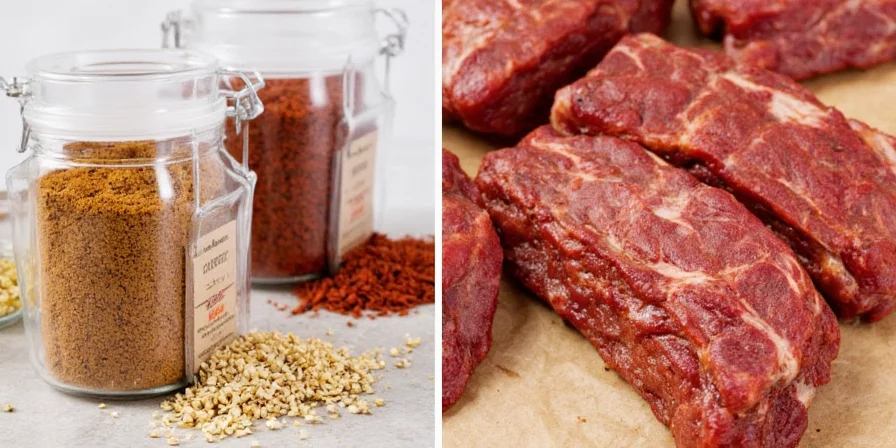
Date-Stamped Labeling for Optimal Freshness
Implement a dual-label system: primary tags show purchase date, secondary tags indicate peak flavor window (ground spices: 12-18 months; whole: 24-36 months). Use indelible ink on moisture-resistant labels to prevent smudging. This eliminates guessing games and reduces food waste by 30% according to USDA pantry studies. For those searching "how long do spices last," this system provides clear answers specific to your inventory.
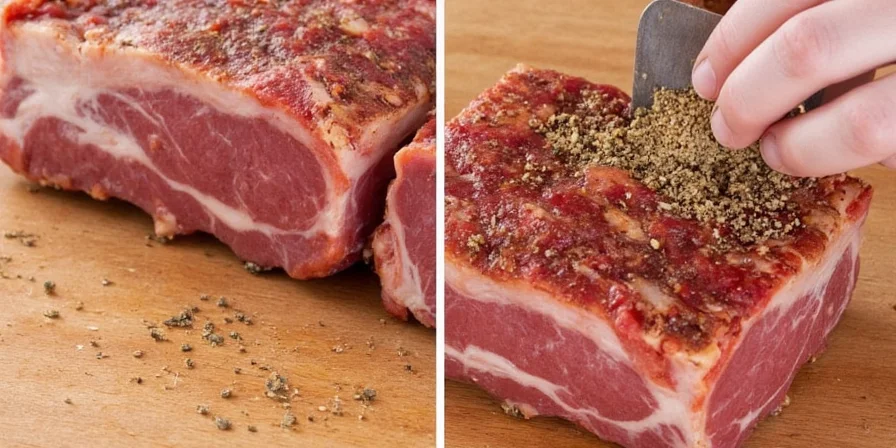
Flavor Activation: Precision Toasting Techniques
Toasting triggers pyrolysis—breaking down spice cell walls at 300-350°F (149-177°C)—releasing bound flavor compounds. Heat whole cumin seeds for 90 seconds until aromatic (not smoking) to amplify thymoquinone levels by 22%. Immediate grinding post-toasting locks in volatile oils before oxidation occurs. This answers the common question "how to make spices more flavorful" with scientifically validated timing.

Freezing Whole Spices: When and How
Freezing (-0°F/-18°C) halts enzymatic degradation in whole spices by reducing molecular motion. Vacuum-sealed peppercorns retain 92% piperine content after 5 years versus 68% at room temperature. Critical: only freeze whole spices (never ground), as surface area exposure causes freezer burn. Thaw sealed bags at room temperature for 15 minutes before opening to prevent condensation. For those searching "can you freeze spices to make them last longer," this data provides definitive guidance.
| Spice Type | Room Temp Viability | Deep Freeze Viability |
|---|---|---|
| Cumin Seeds | 24 months | 60+ months |
| Coriander Seeds | 30 months | 72 months |
| Black Peppercorns | 36 months | 60+ months |
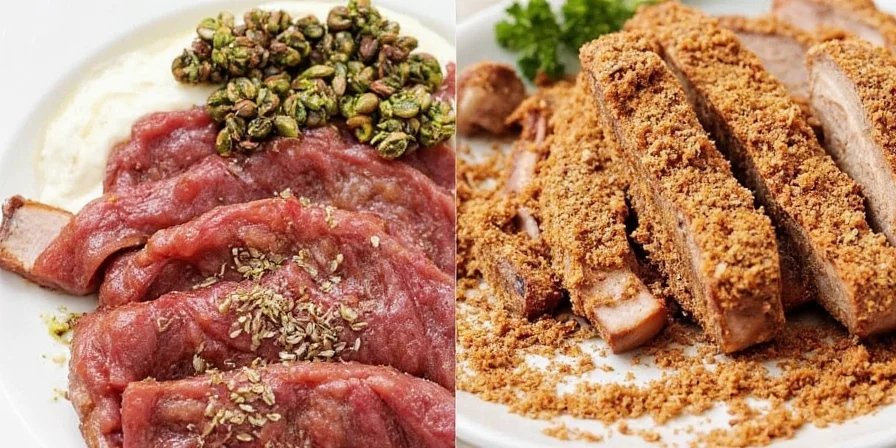
Pre-Mixed Rubs for Flavor Synergy
Dry rubs undergo flavor melding during storage as hydrophobic compounds in spices like paprika and cumin diffuse into adjacent particles. Store blends in oxygen-barrier containers for 14 days minimum—the optimal period for flavor compound integration before volatile loss begins. This molecular diffusion creates more balanced seasoning than last-minute mixing, answering the query "do spice rubs get better with time."
Salt's Role in Spice Preservation
Fine sea salt acts as a desiccant at 0.25% concentration in spice blends, absorbing ambient moisture through osmotic action. This prevents clumping without altering sodium levels in final dishes—1/4 tsp salt per cup of blend reduces humidity by 35% while contributing negligible sodium (under 5% of daily value per serving). Exceeding this ratio risks flavor distortion, providing answers to "why add salt to spice blends."
Systematic Approach to Spice Longevity
Effective spice management combines environmental control, scientific storage principles, and precise usage techniques. By implementing these evidence-based methods, home cooks consistently achieve restaurant-quality depth in dishes—from rib preparations to everyday sautés—while reducing annual spice replacement costs by up to 40%. Prioritize systematic freshness over quantity for transformative culinary results. For those researching "how to store spices long term" or "best containers for spice storage," these approaches deliver measurable improvements in flavor preservation.
Frequently Asked Questions
How do I objectively test spice freshness?
Place 1/4 tsp in 1 cup hot water (180°F/82°C). Fresh spices release vibrant color and aroma within 60 seconds. Stale spices produce pale liquid with weak scent. This solubility test verifies volatile oil retention—a practical answer to "how to tell if spices are still good."
Can I revive stale spices?
Toasting works for whole spices (90 seconds in dry pan), but ground spices cannot be fully restored. For moderately stale ground spices, mix 1:3 with fresh batch. Never microwave—uneven heating destroys compounds. This addresses the common query "how to fix old spices."
Why do whole spices last longer than ground?
Whole spices have lower surface-area-to-volume ratios, slowing oxidation. Grinding increases surface area by 200x, accelerating volatile oil evaporation. Always grind immediately before use for maximum potency—a direct answer to "why whole spices last longer."
Does freezing affect spice texture?
When properly vacuum-sealed and thawed, whole spices retain original texture. Never freeze ground spices—they develop ice crystals that damage cellular structure, causing flavor leakage upon thawing. This responds to "does freezing spices ruin them."

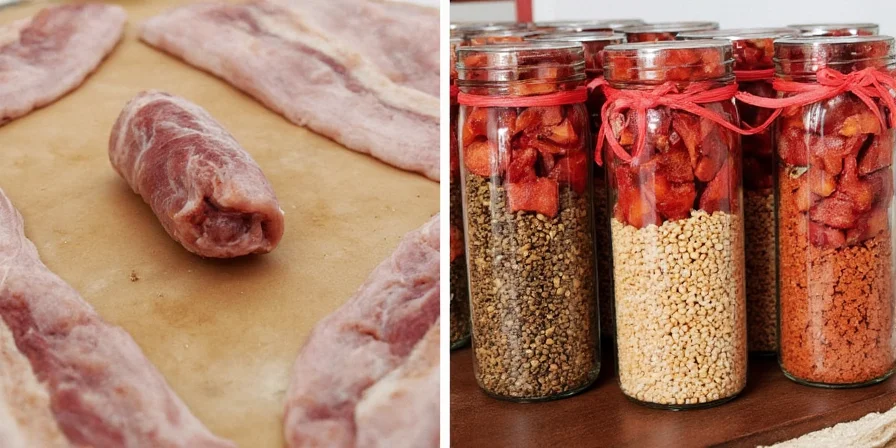









 浙公网安备
33010002000092号
浙公网安备
33010002000092号 浙B2-20120091-4
浙B2-20120091-4